Mediterranean fruits are a diverse and flavorful group commonly found in the regions surrounding the Mediterranean Sea (spanning Southern Europe, North Africa, and the Middle East), encompassing native and non-native varieties.
These fruits can be categorized into several main types: citrus, stone, pome, berries, and other unique varieties. Their flavors range from tangy and refreshing in citrus fruits like oranges, lemons, and grapefruits to sweet and juicy, like peaches, apricots, and cherries.
The shapes of these fruits are equally varied, from round citrus to oval stone fruits, round or oblong pome fruits, and small berries. In Mediterranean cuisine, these fruits brighten up salads, desserts, and savory dishes, and add a refreshing touch to juices, wines, and cocktails.
Here, you’ll find a list of common Mediterranean fruits and what makes each one special. Make sure to check out the end of the article for tips on which fruits are perfect for a Mediterranean diet and which ones aren’t.
Let’s jump in!
23 Popular Mediterranean Fruits: Native and Non-native
Below are 23 common Mediterranean fruits of different types for you to explore. Use the filters to find your favorites and discover new flavors!
Orange
- Hungary
- Citrus
Oranges are a key part of Mediterranean cuisine and culture. Now widely grown in countries like Spain, Italy, and Greece, these fruits thrive in warm, sunny climates. They are round to oval-shaped with a bright orange rind and juicy, sweet-tart pulp inside.
Oranges are versatile in Mediterranean cuisine, enjoyed fresh, juiced, or in various dishes. The zest and juice add a bright, citrusy flavor to salads, desserts, sauces, and marinades.
Mandarin
- Citrus
Mandarins, including clementines and tangerines, are small citrus fruits vital to Mediterranean diets. Originally from China, they have been cultivated in the Mediterranean for centuries, particularly in Spain, Morocco, and Italy.
These fruits are smaller than common oranges, with a bright orange rind and usually seedless, juicy flesh. In season from late fall to early spring, mandarins are a sweet, convenient snack. They are enjoyed fresh, in salads, or desserts, with their zest and juice frequently flavoring various dishes.
Lemon
- Citrus
Lemons, originating from Northeast India, Northern Myanmar, and China, were introduced to the Mediterranean through trade. They are now widely grown in Italy, Spain, and Greece.
These ellipsoidal yellow fruits are known for their bright, acidic juice and fragrant zest, which add a distinctive sour taste to various dishes and beverages.
In Mediterranean cuisine, lemons enhance dishes like Greek avgolemono soup, Italian lemon risotto, and Spanish seafood paella. The zest flavors desserts such as lemon tarts and cakes, while the juice is also essential for making limoncello, a popular Italian liqueur.
Lime
- Citrus
Limes are small, green citrus fruits native to Southeast Asia, particularly India and Malaysia. They have become integral to Mediterranean cuisine and are now grown in countries like Spain and Italy. These round to oval-shaped fruits have a tart, acidic flavor, and juicy texture, perfect for various dishes.
In Mediterranean cuisine, limes flavor fish and seafood dishes, adding a tangy zest. Their juice is a key ingredient in dressings, marinades, and refreshing drinks like limeade and cocktails, while the zest imparts a bright, fresh aroma.
Grapefruit
- Citrus
Grapefruits originated in Barbados in the 18th century as a sweet orange and pomelo hybrid. Now widely grown in Mediterranean countries like Israel and Cyprus, these large fruits have a sour to semi-sweet taste and a somewhat bitter flavor.
Their interior flesh ranges from pale yellow to dark pink/red, segmented and juicy. In Mediterranean cuisine, grapefruits shine in various dishes. They can be enjoyed fresh, added to salads, or used in desserts.
Pomegranate
- Afghanistan
- Azerbaijan
- Iran
- Berry
Pomegranates are native to the region from Iran to northern India and have been grown in the Mediterranean since ancient times, especially in Spain, Italy, and Greece. These round fruits, about the size of an apple, have thick, leathery skin filled with juicy, ruby-red arils.
Mediterranean cuisine values pomegranates for their versatility. The seeds add color and flavor to salads, while the juice is used in sauces, marinades, and desserts. Pomegranate juice is also enjoyed on its own or mixed into cocktails.
Persimmon
- Japan
- South Korea
- Berry
Persimmons, or Diospyros kaki, originated in China and spread to Japan and the Mediterranean, especially in Spain and Italy. Known as “the fruit of the gods,” they come in two types: Fuyu and Hachiya.
Fuyu persimmons are eaten firm, crisp, while Hachiya persimmons are eaten when fully ripe and soft, offering a jelly-like texture.
In Mediterranean cuisine, persimmons are enjoyed fresh, in salads, or desserts like tarts and puddings. Fuyu types can be poached or roasted, while Hachiya types are great for baking breads and cookies, adding sweetness and moisture.
Quince
- Pome Fruit
Quinces, native to the Caucasus, are now grown widely in the Mediterranean, especially in Spain and Greece. They are related to apples and pears, with yellow skin and hard, aromatic flesh that sweetens when cooked. Quinces taste like a mix of apple, pear, citrus, and floral notes.
In Mediterranean dishes, quinces are used in jams, jellies, and marmalades, and can be poached or roasted to pair with meats like lamb or pork. Quince paste (membrillo) is a popular Spanish treat with cheese, offering a sweet and tangy flavor.
Kumquat
- Citrus
Kumquats are small, oval citrus fruits native to Southeast Asia, now grown in the Mediterranean, especially in Spain and Italy. These unique fruits are entirely edible, including the peel, which is sweet and fragrant, contrasting with the tart and juicy flesh.
In Mediterranean cuisine, kumquats are versatile. They can be enjoyed fresh, added to salads, or made into marmalades, jams, and chutneys. Their sweet-tart flavor also makes them a popular garnish for cocktails and desserts, offering a fresh, tangy treat from late fall to winter.
Date
- Algeria
- Saudi Arabia
- United Arab Emirates
- Drupe/stone Fruit
Dates, native to the Middle East and North Africa, are sweet, chewy fruits now grown in Mediterranean countries like Spain, Italy, and Greece. These oval-cylindrical fruits vary in color from bright red to deep brown.
Medjool dates are larger and sweeter, while Deglet Noor dates are firmer and have a delicate flavor. In Mediterranean cuisine, dates are versatile, enjoyed fresh or dried, stuffed with nuts or cheese, or used in baking for natural sweetness.
Fig
- Multiple Fruit
Figs, among the oldest cultivated fruits, originate from the Mediterranean and Middle East, thriving in Greece, Turkey, and Italy. These small, pear-shaped fruits have thin skin in colors from deep purple to light green, with sweet, soft flesh and tiny crunchy seeds.
Mediterranean cuisine features figs in many ways. Fresh figs are enjoyed alone, in salads, with cheese, or as a dessert topping. Dried figs add sweetness and texture to dishes like stews and roasts, and are used in baking pastries, tarts, and bread.
Grape
- Spain
- Berry
Grapes are a vital part of Mediterranean cuisine, originating from Western Asia and the Near East. Prominent in Italy, Greece, Spain, and France, these small, round fruits grow in clusters and come in various colors like green, red, black, and purple.
They are sweet and juicy with a slightly tart flavor, and are typically harvested from late summer to early fall. In Mediterranean cuisine, grapes are versatile. They are enjoyed fresh, dried into raisins, or used to make wine, added to salads, paired with cheeses, and used in desserts.
Olive
- Greece
- Drupe/stone Fruit
Olives are iconic in Mediterranean cuisine, native to the Mediterranean Basin and a staple in Greece, Italy, Spain, and Turkey. These small, oval fruits vary in color from green to black depending on ripeness, and their taste ranges from bitter to sweet.
In Mediterranean cuisine, olives are used in many ways. They are eaten whole, often marinated with herbs and spices, and olive oil pressed from them is fundamental in cooking, used for frying, sautéing, and as a base for dressings and sauces.
Olives are also featured in traditional dishes like Greek salads, Italian pasta, and Spanish tapas.
Nectarine
- Drupe/stone Fruit
Nectarines, smooth-skinned relatives of peaches, originated in China over 2,000 years ago and spread to Persia, Greece, and Rome. They are now widely cultivated in Mediterranean countries like Spain and Italy.
These round or slightly heart-shaped fruits have glossy skin ranging from deep red to bright yellow, with firm, juicy flesh that is sweet and slightly tart.
In Mediterranean cuisine, nectarines are versatile. They are enjoyed fresh, added to salads, grilled, or used in desserts like tarts and crisps. Their firm texture makes them ideal for baking in cobblers and pies.
Peach
- Drupe/stone Fruit
Peaches, native to China, have been cultivated for over 2,000 years and are now staples in Mediterranean countries like Spain, Italy, and Greece. They have fuzzy skin in yellow, white, or red and sweet, juicy flesh that can be clingstone or freestone.
In Mediterranean cuisine, peaches are enjoyed fresh and cooked. They are used in desserts like tarts and pies, grilled or poached, and paired with meats like pork and chicken. Peaches also enhance salads, yogurt, jams, jellies, and beverages like peach sangria.
Plum
- Serbia
- Drupe/stone Fruit
Plums are stone fruits that originated near the Caucasus and Altai Mountains. They have been cultivated for thousands of years and are now widely grown in Mediterranean countries like Italy, Spain, and France.
These fruits come in various shapes and colors, including red, purple, yellow, and green, and are typically round or oval with smooth skin.
Plums can be enjoyed fresh, added to salads, or used in desserts like tarts and cakes. Plums are also cooked into compotes, jams, and sauces, offering a sweet, tart, or balanced flavor depending on the variety.
Apricot
- Armenia
- Drupe/stone Fruit
Apricots, sweet and golden, thrive in the Mediterranean climate, especially in Greece, Italy, and Turkey. Native to China and Armenia, these small, round fruits have velvety skin ranging from yellow to deep orange.
With juicy, slightly tart flesh, apricots are in season from late spring to early summer. In Mediterranean cuisine, apricots are enjoyed fresh or dried and are often used in desserts like tarts and pastries.
They are also a staple in savory dishes, paired with meats like lamb or chicken in stews and tagines.
Pear
- France
- North Korea
- South Korea
- Pome Fruit
Pears are popular in Mediterranean countries such as Italy, Spain, and Greece. Native to coastal and mildly temperate regions of Western Europe and North Africa, pears come in various shapes and colors, from green to yellow to red.
Known for their juicy, sweet flesh and slightly gritty texture, they are typically harvested from late summer to early autumn. Fresh pears are enjoyed as snacks or salads, while cooked pears shine in desserts like poached pears and tarts.
Mulberry
- Berry
Mulberries are delightful fruits treasured in Mediterranean cultures for centuries. Originally from warm Asian regions, they have found a special place in Mediterranean gardens and kitchens, coming in black, red, and white varieties with a sweet, slightly tart flavor.
The mulberry tree produces fruit in summer, making it a seasonal favorite. Mediterranean cuisine enjoys mulberries fresh, dried, or in jams and desserts. They also feature in traditional beverages and syrups, adding a sweet and tangy note to many dishes.
Prickly Pear
- Israel
- Berry
Prickly pears are intriguing fruits from the cactus family that have become staples in Mediterranean cuisine. Originating from the Americas, these fruits thrive in Spain, Italy, Malta, and North Africa, and come in various colors, including red, green, and yellow-orange.
The oval-shaped fruit is covered in small spines but reveals juicy, sweet flesh reminiscent of watermelon or kiwi once peeled. Enjoyed fresh, chilled, or in jams, jellies, and syrups, prickly pears are summer and early fall delight.
They add color and refreshing flavor to salads and desserts, while the cactus pads, or nopales, are grilled or sautéed for a unique twist in savory dishes.
Medlar
- Pome Fruit
Medlars are fascinating fruits native to Southwest Asia and Southeastern Europe, especially around the Black Sea. With over 3,000 years of cultivation, these small, russet-colored fruits were brought to the Mediterranean by the Romans.
Harvested in late autumn, they must go through bletting to develop a sweet, tangy flavor similar to applesauce with hints of cinnamon.
In Mediterranean cuisine, medlars shine in jams, jellies, and fruit pastes, which pair well with bread and cheese. Their compotes and glazes add unique flavors to meats like pork and chicken, while medlar preserves can elevate pastries and desserts, such as tarts and galettes.
Loquat
- Pome Fruit
Loquats, known as Japanese medlar, are favored in Mediterranean countries despite their Chinese origins. These small, yellow, or orange fruits, harvested in late spring to early summer, offer a juicy and slightly tart taste.
Loquats thrive in the Mediterranean’s mild climate and are a favorite in the region. They are enjoyed fresh or in fruit salads. They are also made into jams, jellies, and syrups, enhancing desserts like tarts and cakes.
Carob
- Drupe/stone Fruit
Carob, native to the Mediterranean, is abundant in Spain, Italy, and Greece. This tree produces long, dark brown pods filled with sweet, edible pulp, typically harvested from late summer to early autumn. Carob pods are dried and ground into carob powder, a popular cocoa substitute.
In Mediterranean cuisine, carob is versatile. The powder is used in baking for cakes, cookies, and bread, while carob syrup, made by boiling the pods, sweetens desserts and beverages. Dried carob pods or carob chips are also enjoyed as snacks.
List of Mediterranean Fruits by Country
What Fruits Are Best On the Mediterranean Diet?
The Mediterranean diet emphasizes whole, unprocessed foods and includes a wide variety of fruits that provide essential nutrients and enhance the flavor of meals. Here are some of the best fruits for the Mediterranean diet, along with their typical uses in Mediterranean countries:
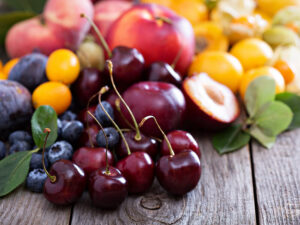
Stone fruits
Stone fruits such as peaches, plums, apricots, and cherries are rich in vitamins and antioxidants, providing a sweet and juicy addition to meals. They are abundant in many tasty Mediterranean dishes, enjoyed fresh, salads, or desserts.
These stone fruits are also commonly used in various Mediterranean drinks such as schnapps, rakija, and brandy sour.

Berries
Berries are excellent for the Mediterranean diet because they are high in antioxidants and fiber. Berries are popularly enjoyed in many Greek dishes, often enjoyed with Greek yogurt or added to salads.

Citrus fruits
Citrus fruits like oranges, lemons, and grapefruits are rich in vitamin C and fiber, which boost the immune system and improve digestion. These fruits are staples in Spain, with fresh oranges and lemons in common Spanish beverages like cocktails and tonic water.
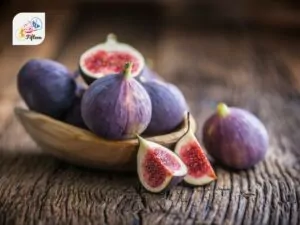
Figs and Olives
Figs and olives are also perfect for the Mediterranean diet due to their health benefits. Figs are available fresh or dried and used in desserts or as snacks, while olives are used in tapenades and salads.
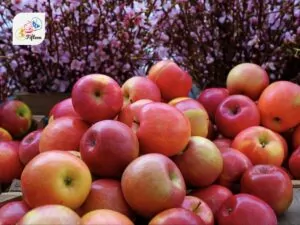
Apples
Apples are beneficial due to their high fiber and vitamin C content, which support digestion and overall health. They are widely consumed in many dishes in Italy, used in salads, baked dishes, or eaten fresh.
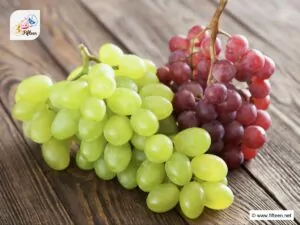
Grapes
Grapes provide antioxidants like resveratrol, supporting heart health. Grapes are commonly found in Italian drinking selections, especially for winemaking, but are also enjoyed fresh or as raisins.
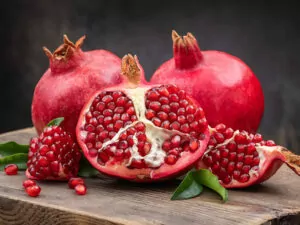
Pomegranates
Pomegranates are high in antioxidants and add a vibrant touch to dishes. They are particularly popular in Turkish culinary offerings, often used in salads and sauces.
Along with these recommended fruits, there are some fruits you should consider consuming on Mediterranean diets, which I will explain in the next part.
Are There Any Restricted Fruits on the Mediterranean Diet?
The Mediterranean diet, known for its emphasis on whole foods and healthy fats, does not specifically limit any fruits. Instead, it encourages the consumption of a wide variety of fresh fruits while recommending moderation in certain forms of fruit preparation or additives:
Processed Fruits
Avoid fruits that are canned in heavy syrups or have added sugars. The Mediterranean diet encourages eating fruits in their natural, fresh, or dried form without added sugars.
Fruit Juices
Fruit juices should be consumed sparingly as they often contain concentrated sugars without the fiber of whole fruits, which is essential for balanced nutrition.
Dried Fruits
These are acceptable but should be chosen with no added sugars and consumed in moderation due to their higher calorie content compared to fresh fruits.
Focusing on lower-sugar fruits like berries, apples, and citrus fruits is recommended to maintain balanced blood sugar levels and align with the Mediterranean diet principles.



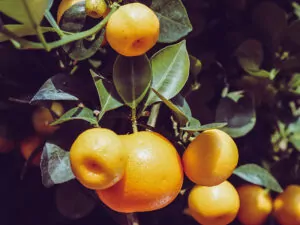
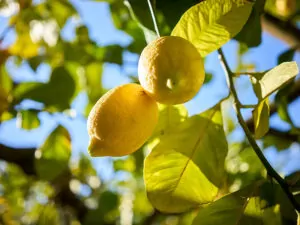
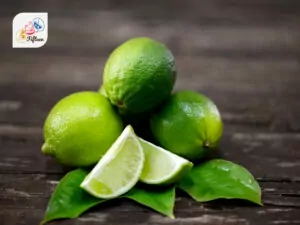
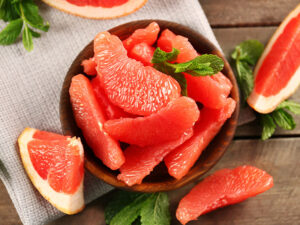
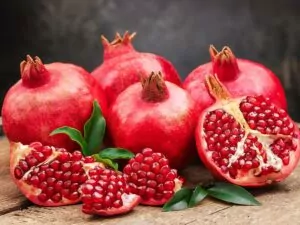
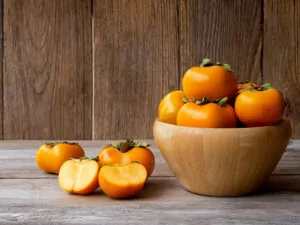
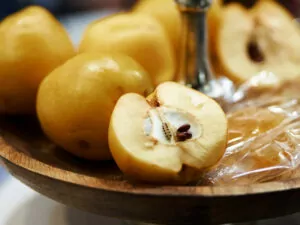
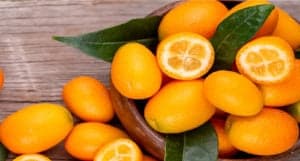

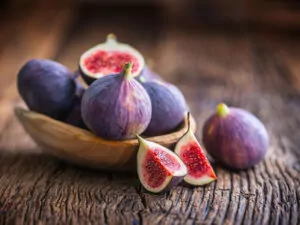
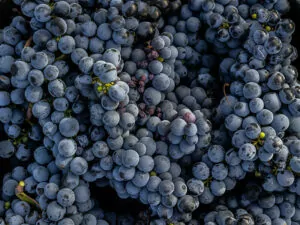
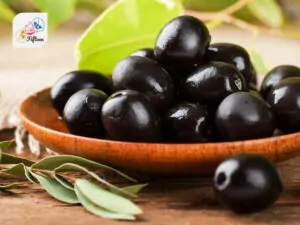
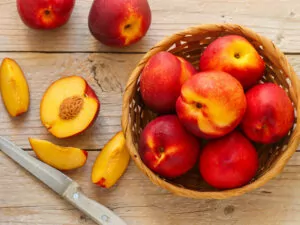
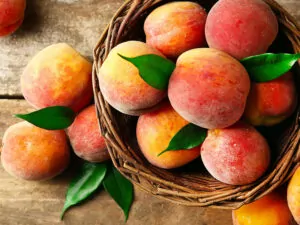
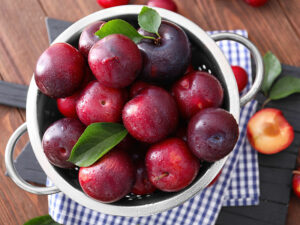
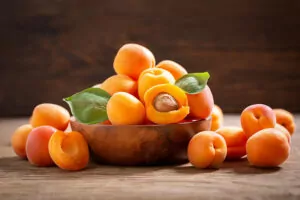
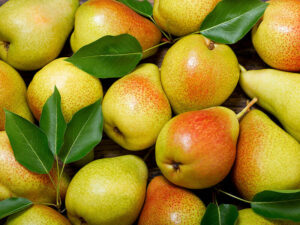
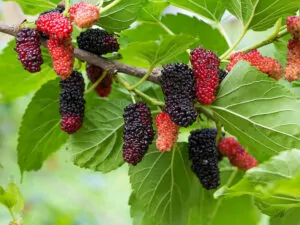
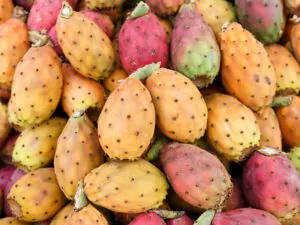
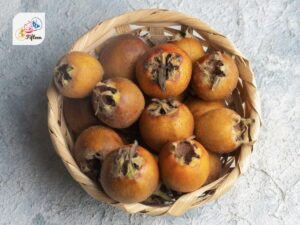
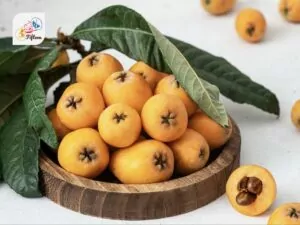
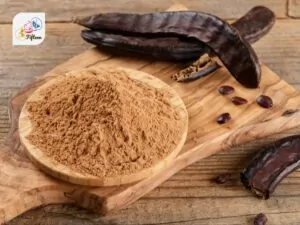
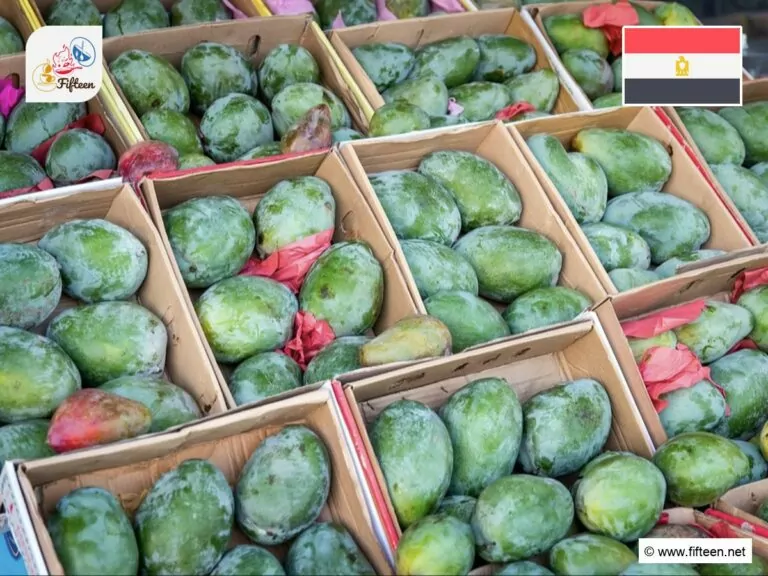
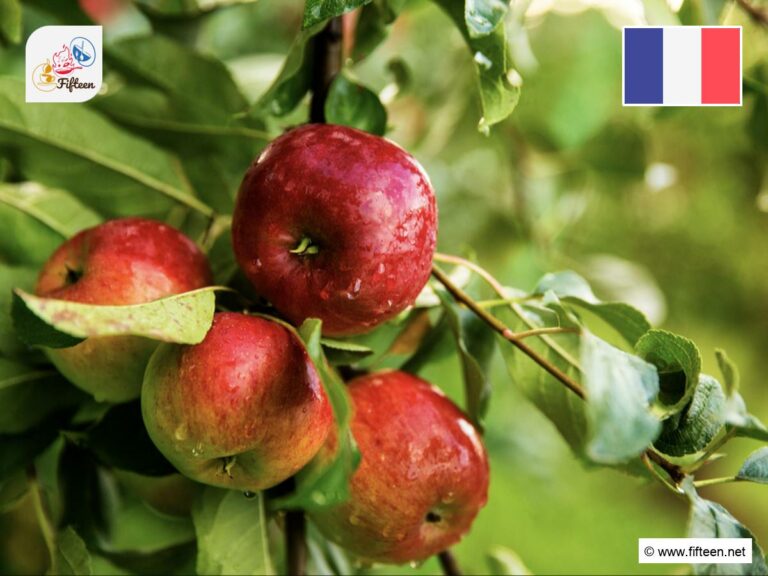
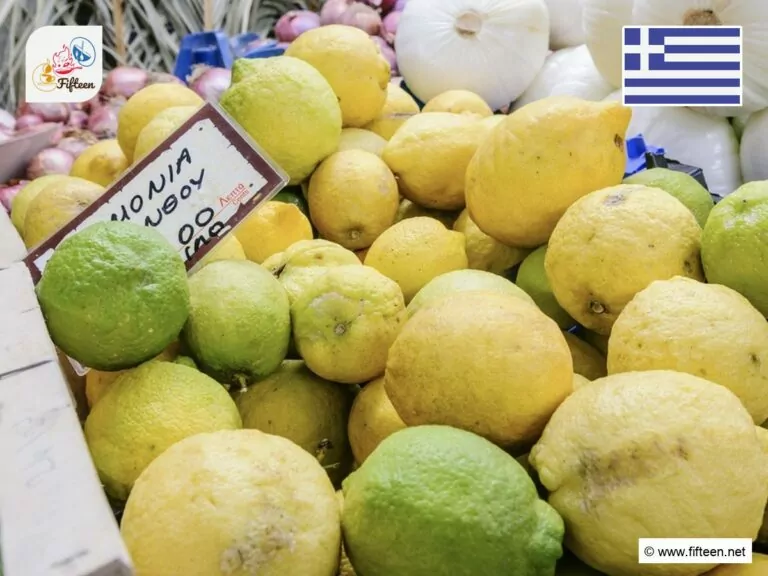
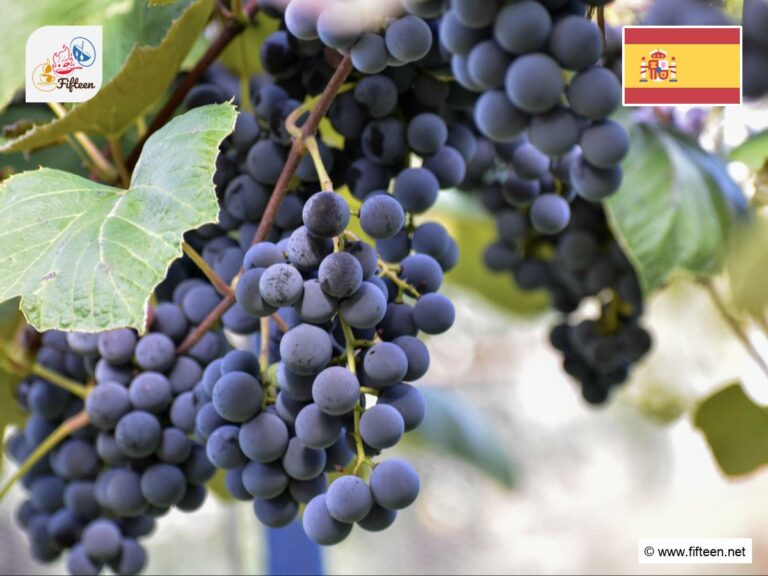
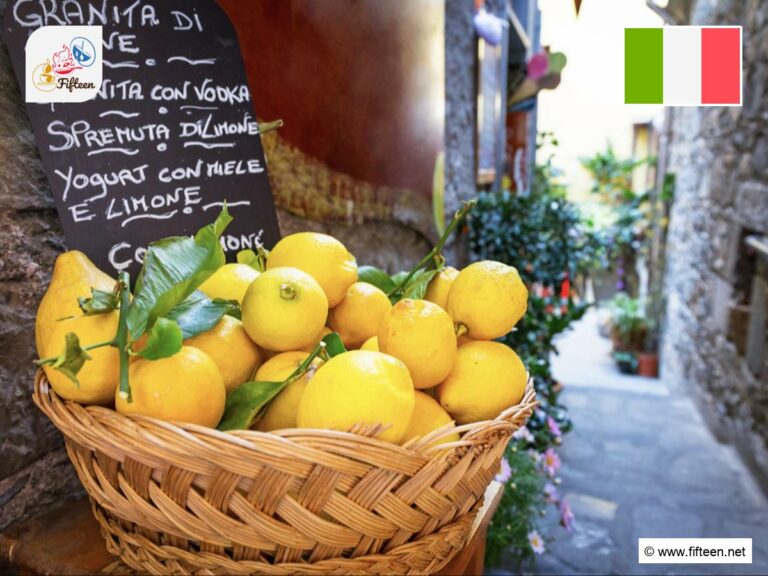

Jamie Scott
Editor in Chief, Senior Content Writer
Expertise
Home Cooking, Meal Planning, Recipe Development, Baking and Pastry, Food Editor, Cooking-video Maker, Western Food Evaluation Expert
Education
Le Cordon Bleu College of Culinary Arts
Local Community College, New York, NY
Jamie Scott is a skilled culinary expert and content creator specializing in Western cuisine. With over 15 years in the culinary field and formal training from Le Cordon Bleu, Paris, Jamie deeply understands how to blend nutrition with delicious flavors. His passion for cooking matches his commitment to making healthy eating accessible and enjoyable.
On Fifteen.net, Jamie brings a fresh perspective to classic dishes and beverages, offering readers insightful recipes, cooking tips, and a fresh view on meal planning that emphasizes taste, health, and simplicity.